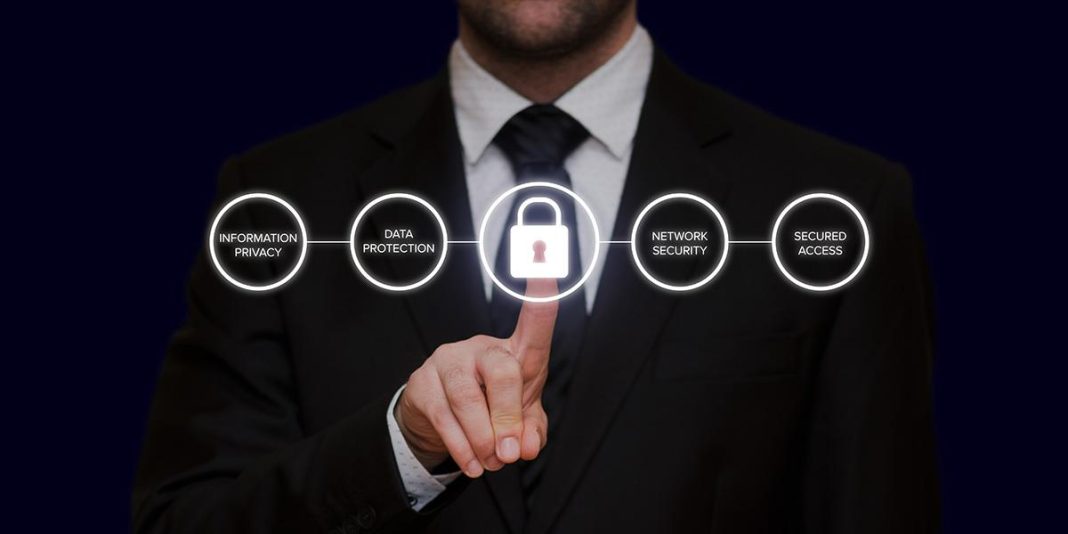In the ever-evolving landscape of modern business, where data flows as freely as the air we breathe, the specter of compliance risks looms large. As organizations grapple with an intricate web of regulations, from GDPR to CCPA, the imperative to safeguard sensitive information has never been more pressing. Yet, amidst this complexity lies a beacon of opportunity: the power of effective data management. Imagine a world where compliance is not a burdensome obligation but a streamlined process that enhances operational efficiency and fortifies your organization’s reputation. In this article, we delve into the art and science of minimizing compliance risks through astute data management practices. With an authoritative lens, we will explore strategies that transform data from a potential liability into a robust asset, ensuring that your organization not only survives but thrives in the regulatory age. Join us as we uncover the keys to unlocking a future where compliance is seamlessly integrated into the fabric of your business operations.
Understanding the Compliance Landscape: Navigating Regulations with Precision
In the intricate web of regulations that businesses must navigate, effective data management stands as a cornerstone for minimizing compliance risks. By implementing robust data management practices, organizations can ensure they are not only meeting regulatory requirements but also safeguarding their reputation and financial stability. Here are some strategies to consider:
- Data Classification: Start by categorizing data based on its sensitivity and regulatory requirements. This helps in prioritizing protection efforts and ensures that sensitive information is handled with the utmost care.
- Access Control: Implement stringent access controls to ensure that only authorized personnel can access sensitive data. Regularly review and update access permissions to prevent unauthorized data breaches.
- Data Retention Policies: Establish clear data retention policies to determine how long data should be kept. This not only helps in complying with regulations but also reduces the risk of data overload and potential breaches.
- Regular Audits: Conduct regular audits to assess the effectiveness of your data management strategies. This proactive approach helps in identifying potential vulnerabilities and addressing them before they escalate into compliance issues.
By embracing these strategies, businesses can navigate the compliance landscape with precision, ensuring that they remain on the right side of regulations while fostering a culture of data integrity and security.
Crafting a Robust Data Governance Framework: The Foundation of Risk Mitigation
In today’s digital landscape, a well-structured data governance framework is not just a luxury but a necessity. At its core, it serves as the bedrock for mitigating compliance risks by ensuring that data is handled consistently and securely across the organization. A robust framework encompasses several key components that work in harmony to protect sensitive information and maintain regulatory compliance. Data stewardship, policy enforcement, and continuous monitoring are essential pillars that uphold the integrity of your data management practices.
To build an effective framework, organizations should focus on the following elements:
- Data Stewardship: Assign clear roles and responsibilities to individuals who are accountable for data quality and compliance.
- Policy Enforcement: Develop and implement policies that govern data access, usage, and protection, ensuring they align with legal and regulatory requirements.
- Continuous Monitoring: Utilize advanced analytics and automated tools to continuously monitor data activities and detect any anomalies or breaches in real-time.
- Training and Awareness: Regularly educate employees about data governance policies and the importance of compliance to foster a culture of accountability.
By embedding these elements into your data governance framework, you not only safeguard your organization against potential compliance risks but also enhance operational efficiency and build trust with stakeholders.

Harnessing Technology for Compliance: Leveraging Tools for Data Accuracy and Security
In the ever-evolving landscape of regulatory requirements, businesses must remain vigilant to ensure compliance while safeguarding their data. By embracing cutting-edge technology, organizations can significantly enhance both data accuracy and security. Leveraging tools such as data analytics platforms, AI-driven compliance software, and cloud-based solutions can streamline processes and reduce the risk of non-compliance. These technologies not only automate routine checks but also provide real-time insights, enabling companies to proactively address potential issues before they escalate.
- Data Analytics Platforms: Harness the power of big data to identify patterns and anomalies that could indicate compliance breaches.
- AI-Driven Compliance Software: Utilize machine learning algorithms to automate compliance monitoring and reporting, ensuring accuracy and efficiency.
- Cloud-Based Solutions: Securely store and manage data with scalable cloud services that offer robust encryption and access controls.
By integrating these technologies into their compliance strategies, businesses can not only meet regulatory demands but also foster a culture of transparency and trust. This proactive approach not only minimizes risks but also positions companies as leaders in ethical data management.
Empowering Teams with Knowledge: Training and Best Practices for Compliance Excellence
In today’s fast-paced business environment, effective data management is a cornerstone of minimizing compliance risks. Training and best practices are pivotal in equipping teams with the knowledge they need to navigate complex regulatory landscapes. By fostering a culture of continuous learning, organizations can ensure that their teams are not only aware of compliance requirements but are also adept at implementing them. This involves creating a robust framework that emphasizes data integrity, accessibility, and security.
To empower your teams, consider integrating the following strategies into your training programs:
- Regular Workshops: Host interactive sessions that focus on the latest compliance trends and data management techniques.
- Cross-Departmental Collaboration: Encourage teams to share insights and best practices to create a unified approach to compliance.
- Utilize Technology: Implement advanced data management tools that streamline processes and reduce the likelihood of errors.
- Feedback Mechanisms: Establish channels for team members to voice concerns and suggest improvements, fostering a proactive compliance culture.
By embedding these practices into your organizational ethos, you can significantly reduce compliance risks and enhance overall operational efficiency.





